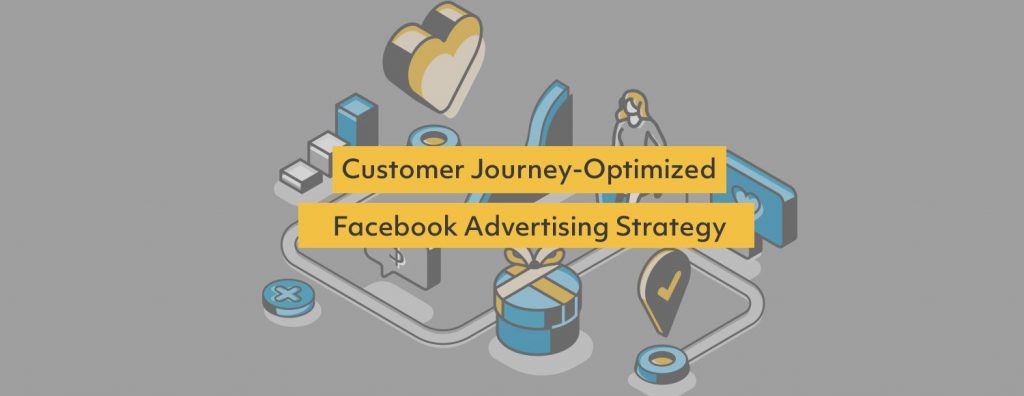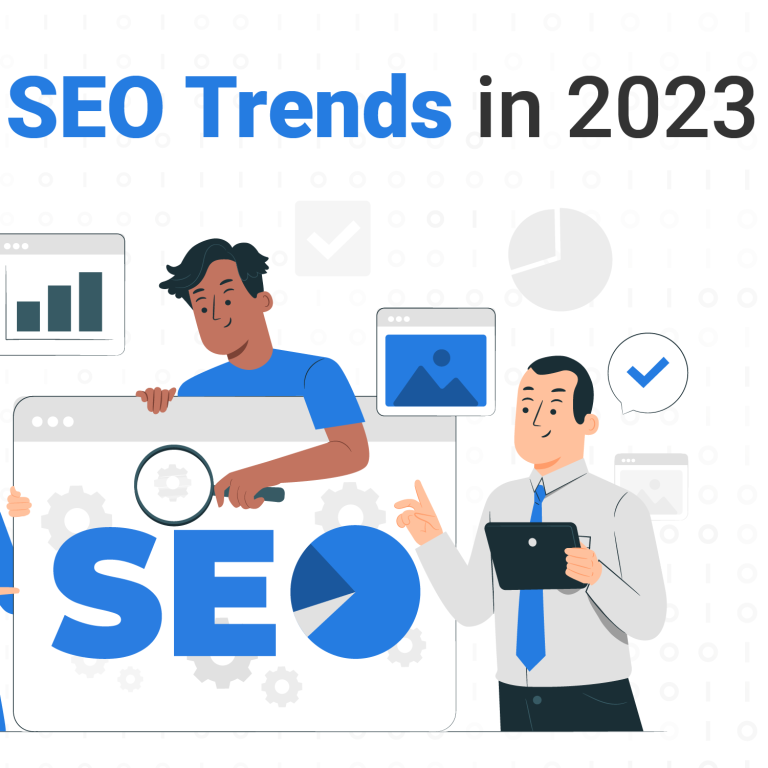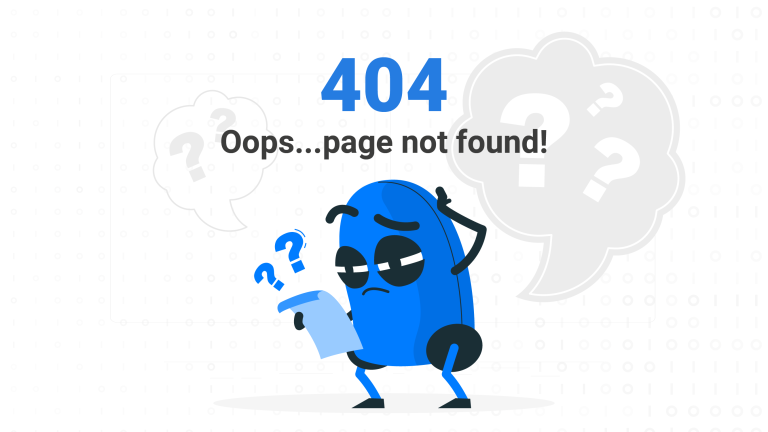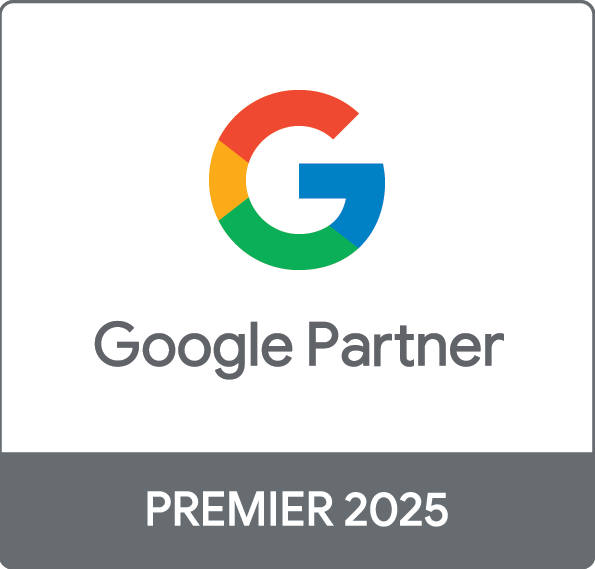Ecommerce has taken over the traditional brick-and-mortar retail industry. However, eCommerce is more than just buying goods or services online, it is a platform that allows customers to buy experiences, such as instant customer support, non-intrusive “in-your-face” retail assistance, valuable product information, and exclusive offers. For retailers to stay competitive in these unprecedented eCommerce markets, it is key to understand your customers through their lens.
What is a customer journey from the perspective of eCommerce?
It’s important to understand what a customer journey really is before planning advertising activities. A customer journey identifies all buyer’s interactions with your business from their point of view. The digital customer journey combines all of the digital touchpoints a customer has with a brand – this includes what happens before, during, and after the experience of purchasing a product or a service. It is important for digital marketers to understand the buyer’s pain points and gain points when a customer moves from one purchasing touchpoint to the other.
Why does customer journey-based advertising matter?
From an eCommerce perspective, the customer journey is a three-phase process (awareness, consideration, purchase) that eventually turns your potential leads into customers.
Customer journey-based advertising can be an effective stream of lead generation as advertising strategies adapt to the customer journey. This can be achieved by changing the way you think as a performance marketer. This includes your advertising strategies and serving the right ad to the right customer journey based on your customer segmentation. For example, keywords that are related to case studies, coupons, blogs could be part of the awareness phase but compelling discounts would be in the decision phase.
Furthermore, you could plan your ad account structure, creating campaigns for each phase and personalising ad formats, campaign budget, or bids for your ads. It’s time to focus on customer needs through journey-based marketing if you would like to get more advertising ROI as it improves the customer experience towards your brand at each phase.
Additionally, it also allows performance marketers to better optimise ads in order to improve the performance of the campaigns. Similarly, according to the research done by McKinsey, they found that brands that focus on end-to-end customer experience receive an enhancement of customer satisfaction, improve sales and retention of the businesses which helps in reduction of end-to-end service cost with the customers.
How to plan customer journey-based campaigns?
1. Awareness Stage
In the beginning of the customer journey, as a brand tapping into the social media space, aim to create a presence in the market. We first need to pinpoint potential customers. This can be done by learning about audience interests as well as demographics such as target age and gender.
The awareness stage is the phase where potential customers learn about your brand for the first time. Here, it is important to create interest and give legitimate information allowing potential customers to gain brand trust.
Create campaigns under the brand awareness campaign objective in search and social advertising platforms such as Facebook, Instagram, YouTube or Google. Under campaigns, focus on engagement metrics such as impressions and click-through rates. Display ads, video, native social media promotions, and boosted posts would be a good idea in attracting potential customers at this stage.
From the content perspective, avoid promoting a specific product listing and writing ad copies that are CTA (call-to-action) centric. The objective here is to drive traffic to your website, to allow the targeted audiences to understand your brand. Showcase the brand from a larger perspective – through lifestyle or interesting content that allows page visitors to feel engaged.
2. Consideration Stage
In the consideration stage, having page visitor insights from the awareness campaign is off great benefit. The website visitors have not made any purchases but they are showing interest towards the brand. Hence, set up a retargeting campaign based on the audience insights and create content that is able to win the customer's favour by presenting the product as a solution. An alternative is to target audiences that visited your website in the last 14 days or even audiences that engaged with social media posts.
When it comes to a customer-first strategy, delivering hyper-relevant ads to the potential customers is vital. Hence, from the ads perspective, derive common ‘problems’ or ‘pain points’ that audiences might encounter and the product ads could act as their solutions to their problems but at the same time we would not want to be hard selling products to make potential customers feeling uncomfortable. For example, 5 steps to clear fungal acne in which one of your ‘steps’ feature a product to clear the acne on skin. On SEM, include keywords like ‘solutions to..’ or ‘features of …’ or ‘benefits of..’ in your keyword portfolio. Furthermore, you could also implement sponsored campaigns on social media newsfeed in consideration stage.
3. Conversion Stage
Last but not least, at the conversion stage of the customer journey this is the stage where your page visitors will make a purchase or convert to your brand that provides the solution over their problem.
At this stage, focus on features and pricing of your products in the conversion campaigns. Metrics that are being used in conversion campaigns are cost-per-acquisition (CPA) or return- over-advertising-spend (ROAS). It’s important to pay attention at this phase as the higher the number of conversions, the lower the CPA. You could ‘push harder’ on your ads focusing on promotions, offers, discounts that get your page visitors to convert or purchase more. From the paid advertising perspective, try non-skippable ads, link click ads, story ads and product listing ads along with retargeting strategies such as visitors that left their items in cart or have been subscribed and visited the website multiple times in the past 7 days but yet to be converted.
Furthermore, the ads here should act as a re-emphasising catalyst to cement page visitors’ purchasing decision. Campaigns should be specifically crafted according to the behaviour of the page visitors, highlighting the demand of the product along with a small perk or free shipping will encourage page visitors to complete the checkout process.
As advertisers, we tend to focus so much on advertising ROI. However, building a customer journey based ad strategy is crucial and effective as your ads will serve to be the frontier to each stage of the customer journey - delivering the right information and content at the right time. Most importantly, it allows for an understanding of customers’ gain and pain points in the journey which gives you insights to execute an effective ad strategy.
If you need more assistance in building a digital marketing roadmap for your business, we’re here to assist you! Drop us a note at hello@admiral.digitals
Reference:
https://www.brainity.co/blog/ecommerce-customer-journey-advertising/
https://www.mckinsey.com/business-functions/marketing-and-sales/our-insights/from-touchpoints-to-journeys-seeing-the-world-as-customers-do







